While some diseases are certainly deadly, very few have a 100% fatality rate. Thanks to modern medicine and advancements in technology, there are treatments and even cures for most known diseases.
However, there is a disease that sadly kills almost every person who contracts it. It’s called Kuru disease, and while it’s not common, it is exceptionally dangerous.
What Is Kuru Disease?

Kuru disease is a rare and incurable disease that occurs when prions, a specific protein, attach to the naturally forming proteins in the brain.
Essentially, these additional proteins kill the healthy brain cells while also creating small clusters of tiny cysts. This leads to extreme and rapid brain degeneration with severe symptoms and, most often, death.
Symptoms of Kuru Disease

People who contract Kuru disease can experience a wide variety of symptoms, including tremors, ataxia, muscle jerks, pain in the extremities, and difficulty walking.
It can also lead to slurred speech, difficulty walking, headaches, dysphagia, malnutrition, dementia, and even coma. However, it’s important to understand that it is almost impossible to contract.
How Do People Contract Kuru Disease?
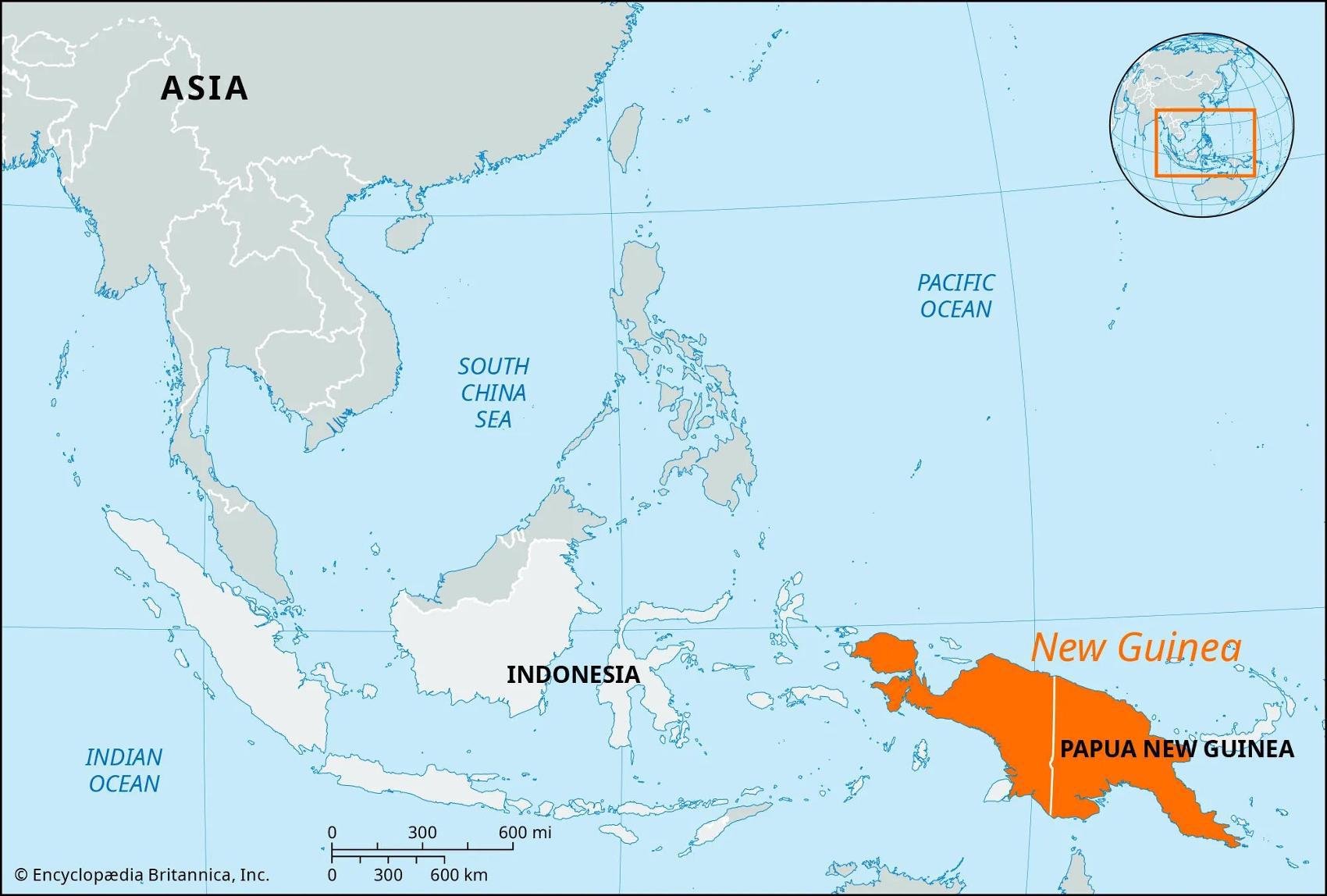
The reason why Kuru disease is so rare, and why you likely have never heard of it before, is that it can only be contracted through the consumption of human brain tissue.
Because this is the only way to contract Kuru disease, it really only occurs in the highlands of New Guinea, where the indigenous peoples still consider ritual cannibalism an acceptable practice.
The History of New Guinea
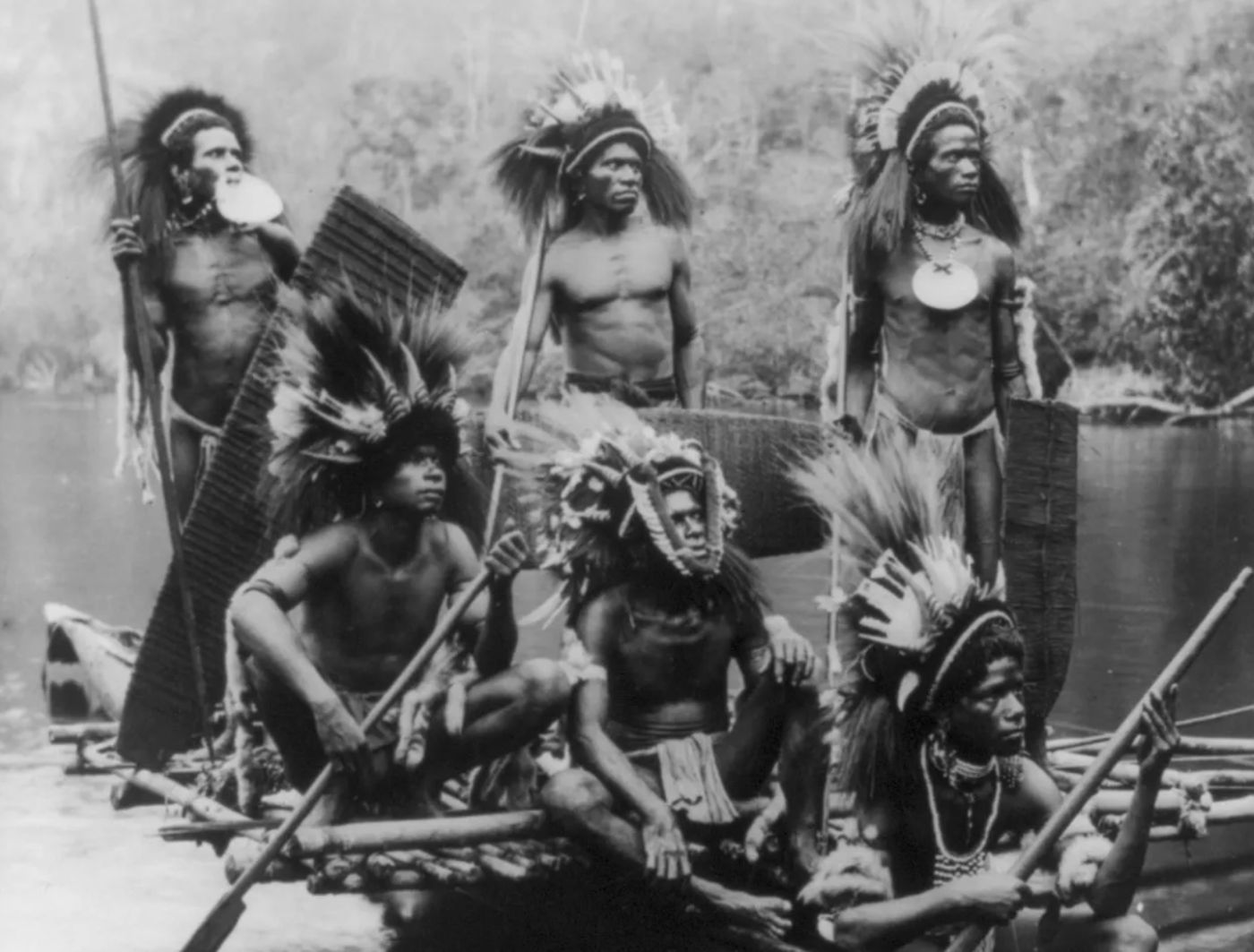
The indigenous people of New Guinea have been living on the small island off the coast of Asia for more than 50,000 years. They lived virtually undisturbed by other cultures until the 7th century when they reportedly began trading with people living on the islands of what is now Indonesia.
It wasn’t until the 19th century that members of the Western world, specifically missionaries from the Netherlands, found the modern descendants of this ancient culture and noticed that they lived far differently than almost anyone else on Earth.
Cannibalism in New Guinea

These missionaries noticed that the tribes of New Guinea still practiced cannibalism. While some say that the people of this remote island used cannibalism as a way to increase their protein intake, others argue that it’s actually a spiritual practice.
Specifically, the members of the Korowai tribe have explained to researchers who visited New Guinea that they only kill and eat those within the tribe that they believed had been taken over by a demon in order to protect their people from evil.
Kuru Disease in New Guinea
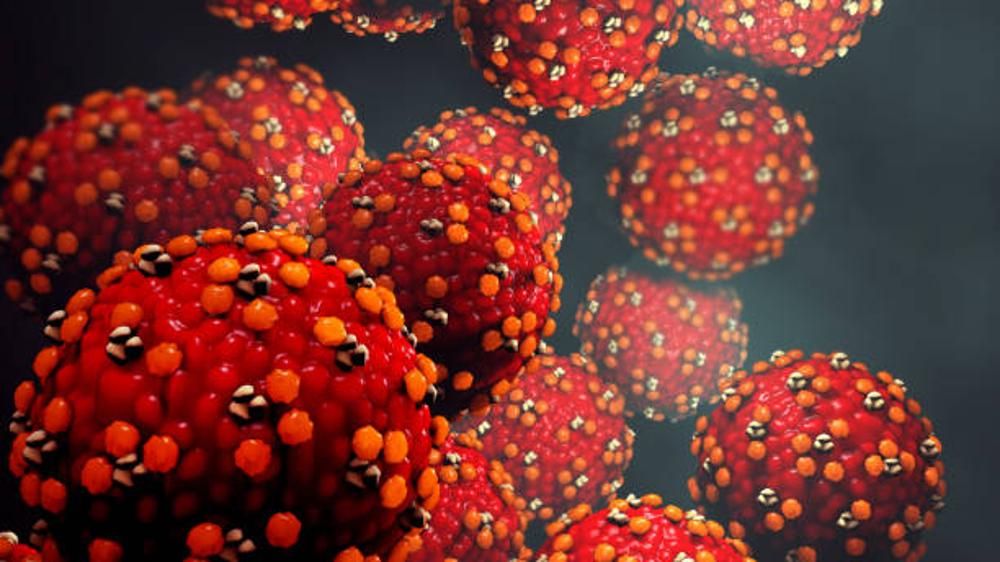
Interestingly, studies show that Kuru disease only appeared on the island around 1900. However, it began spreading quite quickly throughout the 20th century. Because they had no scientific understanding of what was causing the disease, they often assumed that a demon had cursed the sick person.
This, of course, spread the disease as the consumption of the infected brain tissue is the only way to contract the disease. But it wasn’t until modern-day doctors arrived in the 1950s that they were able to make the connection between cannibalism and Kuru disease.
Discovering What Caused Kuru Disease
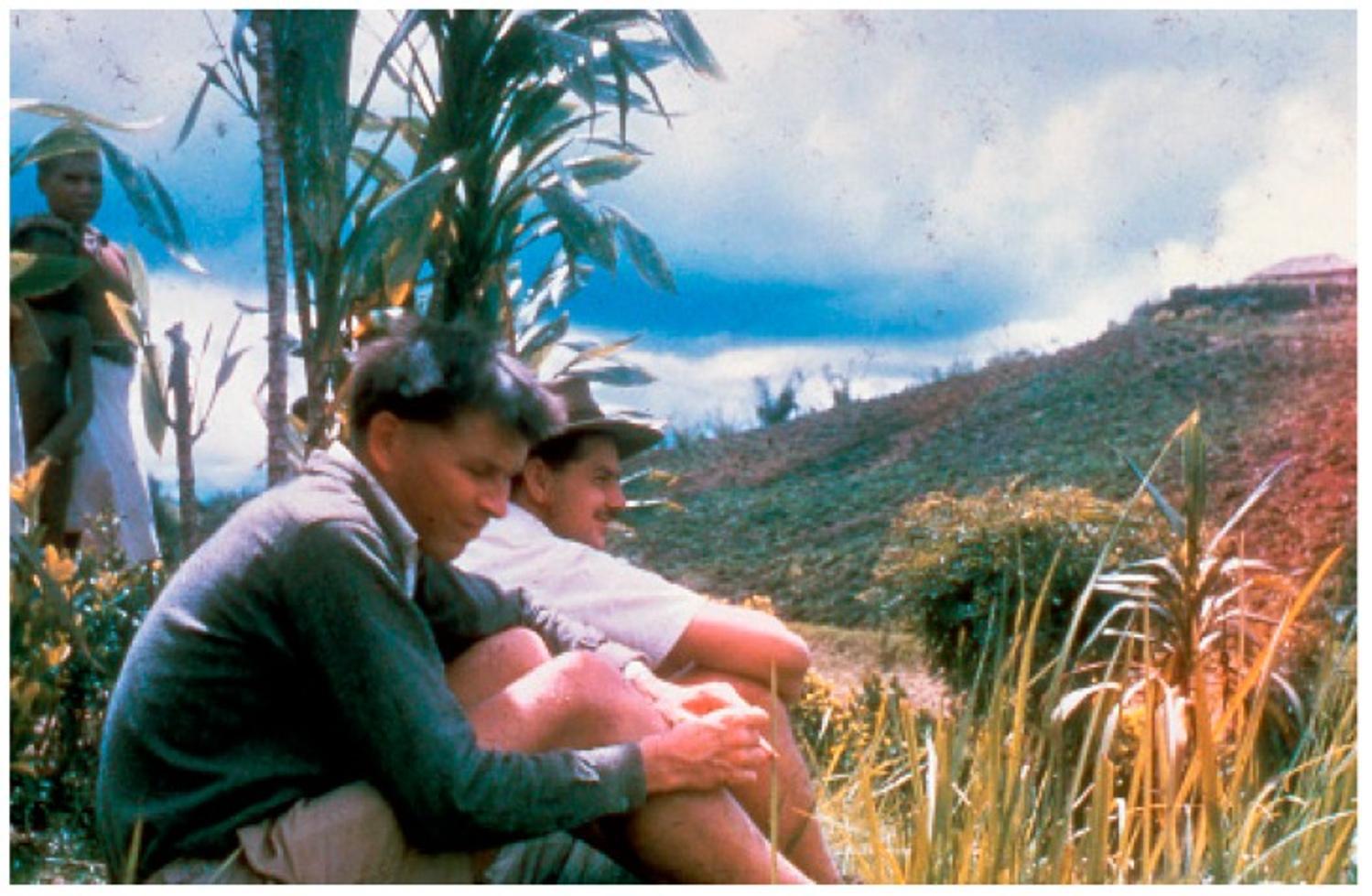
In the 1950s, scientists and doctors who traveled to New Guinea discovered the link between the consumption of brain tissue and the deadly Kuru disease.
Dr. D. Carleton Gajdusek was the first person to discover this shocking reality in 1957. By the 1970s, he had published his findings and even won a Nobel Prize for his work with the exceptionally rare prion disease.
How Is Kuru Disease Diagnosed?

Ever since Dr. Gajdusek’s discovery, doctors have tried to better understand this disease, including how exactly the prion proteins destroy the brain and how to diagnose it.
To this day, diagnosing Kuru disease is quite a challenge. While scans can show the sponge-like consistency of an infected brain, other prion diseases will show similar results. Therefore, Kuru diagnosis is largely based on patient history and whether or not the patient has consumed human brain tissue in their lifetime.
There Is No Treatment for Kuru Disease
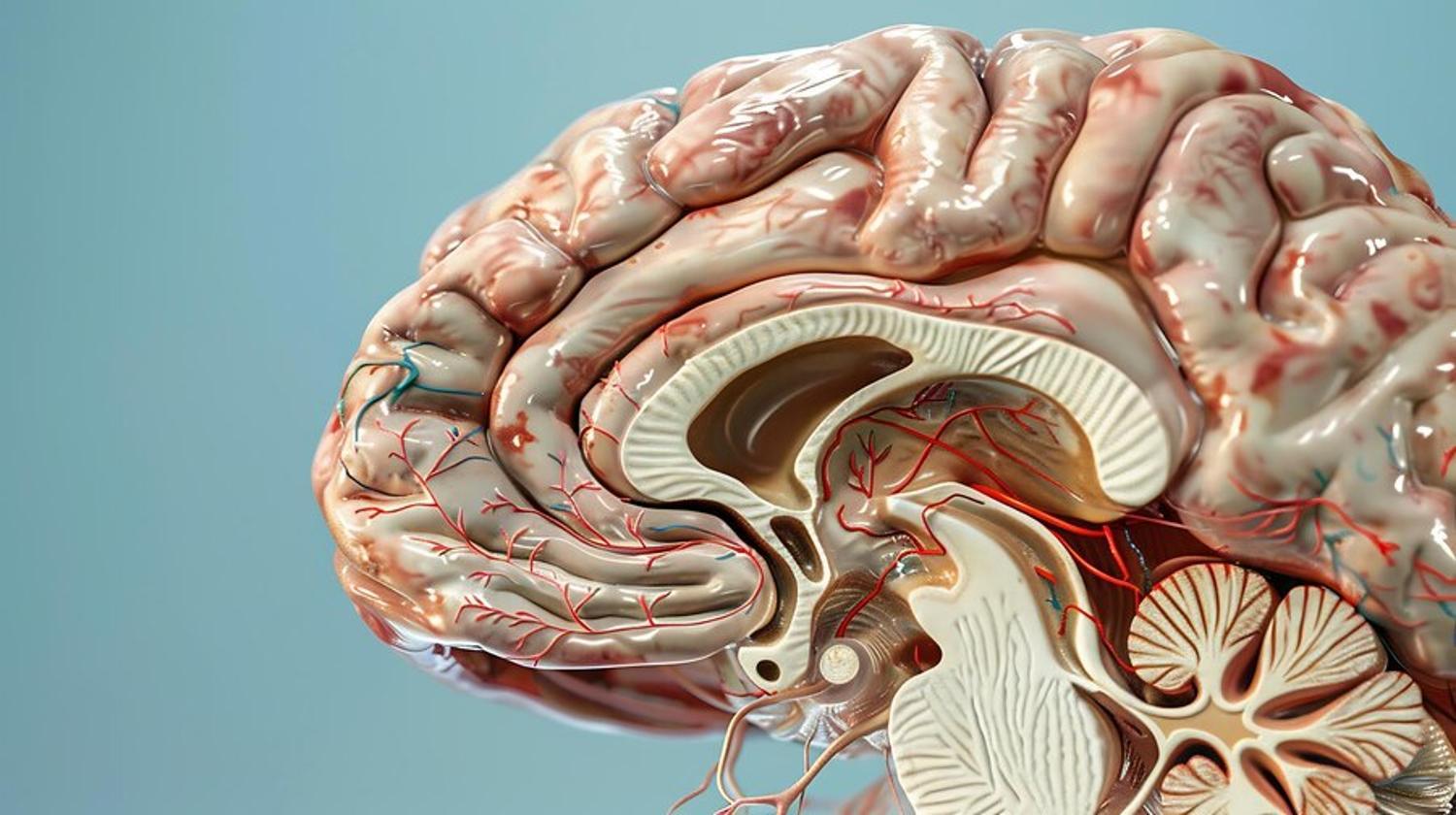
One of the other unique aspects of Kuru disease is that it can take anywhere from 10 to 50 years to start producing symptoms. This is one of the reasons why the tribes of New Guinea never associated cannibalism with the disease, as it never appeared directly after a ceremony.
Additionally, once a person contracts the disease, even if the symptoms have yet to set in, there is no cure or even treatment for Kuru. Doctors can try their best to make the patient comfortable, but sadly, once symptoms present, the patient will likely die within just 12 months.
Educational Reform to Abolish Cannibalism
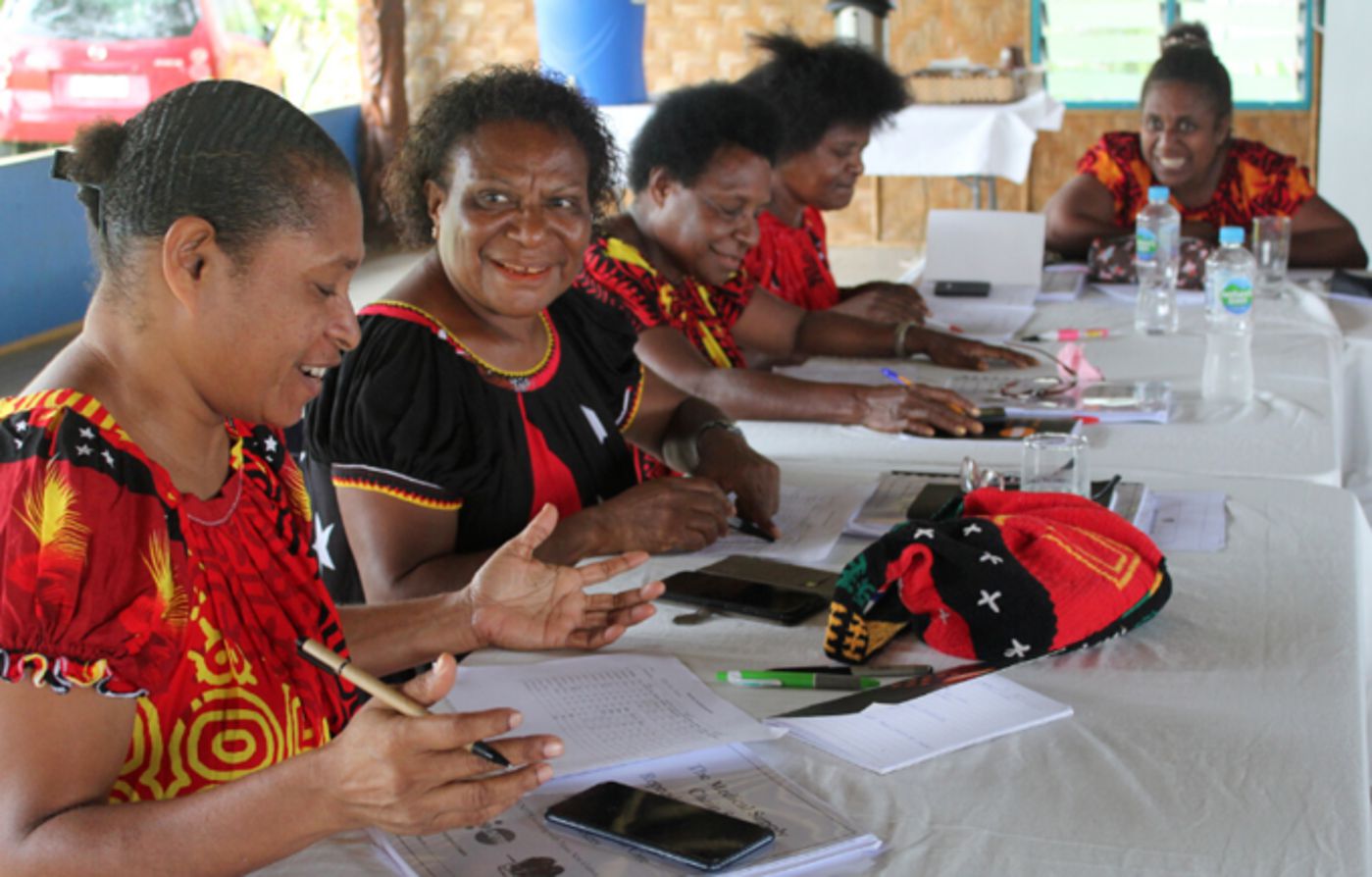
After Dr. Gajdusek discovered the link between Kuru disease and ritual cannibalism, the Australian government prohibited cannibalism in New Guinea, though such a ban is almost impossible to police.
However, around that same time, several groups of medical researchers set sail for New Guinea in order to educate the indigenous tribes on the dangers of the practice. This tactic was far more instrumental in reducing and even eliminating the practice of cannibalism on the island.
The Kuru Disease Is All But Eliminated

Thankfully, after several decades of educational outreach, both cannibalism and the consequent Kuru disease have been eliminated in New Guinea. There are occasionally cases, such as the patient who died in 2005.
However, because of the late onset of symptoms, that patient likely contracted the disease long before he knew Kuru even existed. Medical researchers understand that there may be a few more cases over the next decade, but the next generation of New Guinea’s tribes will never have to experience this horrific disease.








































